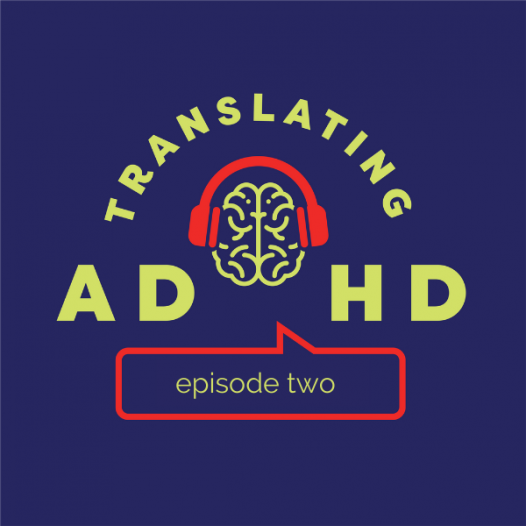In April of 2019, Shelly presented at the National Association of Productivity and Organizing Professionals conference on the topic of time management for ADHD clients. The challenge she ran into was how to translate the unique ADHD experience to a room full of neurotypical professional organizers and productivity consultants.
The presentation was not only successful, but Shelly noticed that the strongest reactions came from the few participants in the room who also have ADHD. Shelly heard over and over again from these colleagues that her presentation helped them understand their own ADHD experiences in a new way and that they felt understood in a way they never have before.
Thus was born the concept of Translating ADHD.
Cause + Effect
The experience of having ADHD inhibits our ability to get to cause. It’s like being in the wake of your motorboat: we feel the effects of the experience but we are not in the experience itself. Having ADHD puts a veil between the the wake and the boat itself.
Cam and Shelly are fascinated with how those waves are made and the ADHD connections. Translating ADHD is being able to get into the boat, to understand how it does what it does, and to make real connections between cause and effect.
When we put consistent focus in an area, we can make gains around understanding, owning, and translating ADHD.
Understanding ADHD: Awareness + Distinguishing
Having ADHD is a paradoxical experience, because having ADHD inhibits our ability to understand our ADHD experiences. We lump the negative effects in our lives under the umbrella of ADHD without differentiating what is really going on.
ADHD has us default into a binary approach to things, it’s black or white or all or nothing. Either everything is right and we’re killing it, or everything is wrong and we’re getting killed.
The big idea today is that it’s not all or nothing. Distinguish by asking: What is and what is not ADHD? How is ADHD coming into the mix? What is not useful awareness?
The 4 States of Awareness
You are listening to this podcast because you want to create positive change, and you suspect that ADHD is inhibiting your ability to change. The place to begin is to understand the power of awareness and the different types of awareness.
Unhelpful Awareness: Self doubt, negativity, lack of self confidence, self blame, victim-hood. This is a side track that keeps us in pre-contemplative awareness because we are not in a place to contemplate our options, our choices, or how to move forward.
Pre-Contemplative Awareness: The state of not knowing what you know, not knowing that there is an opportunity for change. We don’t yet know there is help that we can find.
Acute Awareness: Painful, but necessary. The place where life is now painful enough that we know we cannot keep going the way we are going.
Contemplative Awareness: The place where we know that we need to make a change.
Practicing Awareness with Curiosity
As coaches, Cam and Shelly don’t just help people make plans. We are curious about motivation and how we can diversify motivators so that urgency is no longer the primary way our clients with ADHD are able to get to action.
The Pause: Practice pausing for awareness in your day. What state of awareness are you in? What are you noticing?
Curiosity: To move from unhelpful awareness to contemplative awareness, try practicing curiosity. It is not possible to have fear, self doubt, or negative self talk if you practicing curiosity because they exist in different parts of the brain.
Journey Thinking: Your ADHD wants a solution right now. Part of understanding ADHD is recognizing that you are on a path of development and that real, sustained change happens slowly over time.
Episode links + resources:
For more Translating ADHD:
- Visit our website: TranslatingADHD.com
- Follow us on Twitter: @TranslatingADHD







